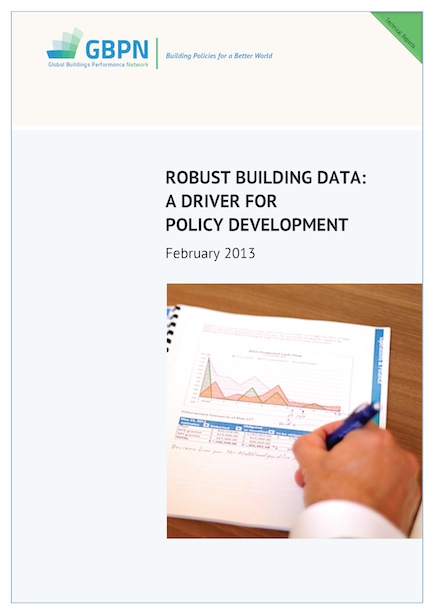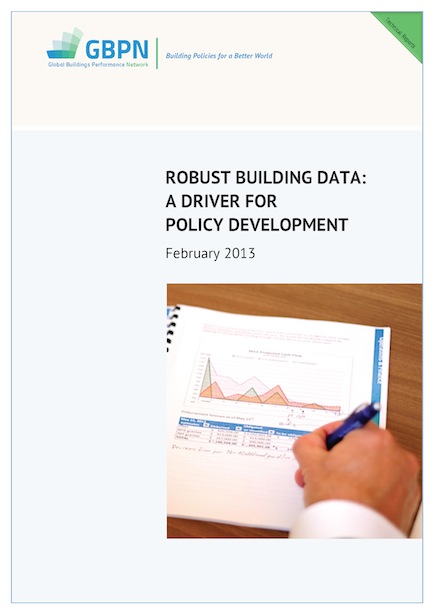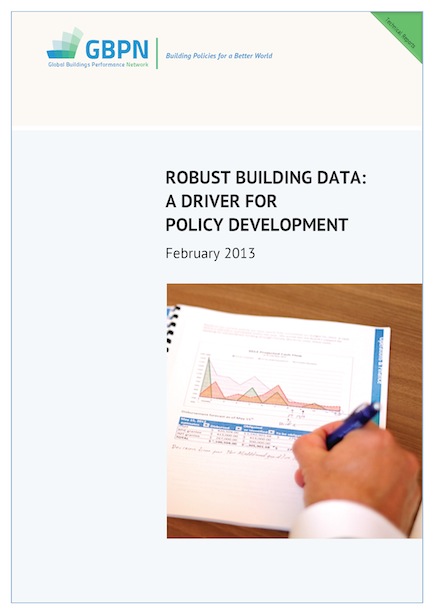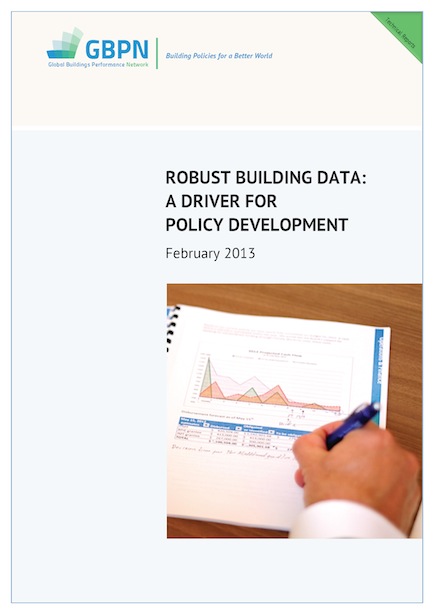Energy Efficiency and Energy Savings: A View from the Building Sector
 A survey of senior building sector executives on the feasibility of implementing energy efficiency measures across their sector in China, Europe, India and the U.S.
A survey of senior building sector executives on the feasibility of implementing energy efficiency measures across their sector in China, Europe, India and the U.S.
18 result(s) found
 A survey of senior building sector executives on the feasibility of implementing energy efficiency measures across their sector in China, Europe, India and the U.S.
A survey of senior building sector executives on the feasibility of implementing energy efficiency measures across their sector in China, Europe, India and the U.S.
 Briefing
Briefing
A survey of senior building sector executives on the feasibility of implementing energy efficiency measures across their sector in China, Europe, India and the U.S.
 Highlights
Highlights
A survey of senior building sector executives on the feasibility of implementing energy efficiency measures across their sector in China, Europe, India and the U.S.
 Case Study
Case Study
A survey of senior building sector executives on the feasibility of implementing energy efficiency measures across their sector in China, Europe, India and the U.S.
 本报告就四个地区数据质量和数据的可利用性问题进行了分析,同时也提醒了我们需要完成多少工作才能建成一个强大而全面的建筑数据库,并提出了实现这个数据库的可行性建议。
本报告就四个地区数据质量和数据的可利用性问题进行了分析,同时也提醒了我们需要完成多少工作才能建成一个强大而全面的建筑数据库,并提出了实现这个数据库的可行性建议。
 本报告就四个地区数据质量和数据的可利用性问题进行了分析,同时也提醒了我们需要完成多少工作才能建成一个强大而全面的建筑数据库,并提出了实现这个数据库的可行性建议。
本报告就四个地区数据质量和数据的可利用性问题进行了分析,同时也提醒了我们需要完成多少工作才能建成一个强大而全面的建筑数据库,并提出了实现这个数据库的可行性建议。
 Technical Report:
Technical Report:
Discover where things stand regarding building energy data quality and availability in our four regions, this report reminds us of how far we have to go before a robust and comprehensive set of building data is in place and provides some recommendations of how we can get there.
 Data Annex
Data Annex
Discover where things stand regarding building energy data quality and availability in our four regions, this report reminds us of how far we have to go before a robust and comprehensive set of building data is in place and provides some recommendations of how we can get there.
 The Economist Intelligence Unit (EIU) report "Achieving scale in energy-efficient buildings in India: A view from the construction and real estate sectors" commissioned by the GBPN explains the challenges and opportunities of investing in energy efficiency in buildings in India.
The Economist Intelligence Unit (EIU) report "Achieving scale in energy-efficient buildings in India: A view from the construction and real estate sectors" commissioned by the GBPN explains the challenges and opportunities of investing in energy efficiency in buildings in India.
 A report from the Economist Intelligence Unit (EIU), commissioned by the GBPN finds that while India’s commercial building sector has blazed the energy-effiency trail in the building sector, achieving significant scale will depend on efficiency measures becoming standard practice in the commercial middle market, retrofit and, particularly, the residential building segment.
A report from the Economist Intelligence Unit (EIU), commissioned by the GBPN finds that while India’s commercial building sector has blazed the energy-effiency trail in the building sector, achieving significant scale will depend on efficiency measures becoming standard practice in the commercial middle market, retrofit and, particularly, the residential building segment.
 Executive Summary
Executive Summary
GBPN conducted a study on the factors affecting the use of ESCO models for the retrofit of existing buildings in China, identifying current barriers to the development of the Chinese ESCO market, while also researching best-practice examples of ESCOs globally and investigating the feasibility of introducing those examples to China.
This report assesses the extent to which it would be feasible for the non-residential building sector as a whole, and for individual building forms, to achieve net zero energy and/or greenhouse gas emissions by 2050.
The potential strategies to reach this goal that are analysed in this study include:
People spend most of their time inside buildings, and buildings are responsible for approximately one third of total direct and indirect energy-related worldwide carbon emissions. Likewise, buildings in the U.S. account for about 40% of total U.S. energy consumption. Future building development will be driven not only by emerging challenges such as vulnerability to a changing climate and resource scarcity, but also by disruptive innovations and societal changes.
The built environment accounts for approximately forty percent of the total energy consumption in developed countries. Because buildings have a long life, the greatest opportunity for energy reduction in the built environment will come from energy conservation in the existing building stock. An overview of the policy challenges presented by the built environment, with an emphasis on existing facilities, is accompanied by a discussion of specific technologies that may have the potential to reduce energy use.